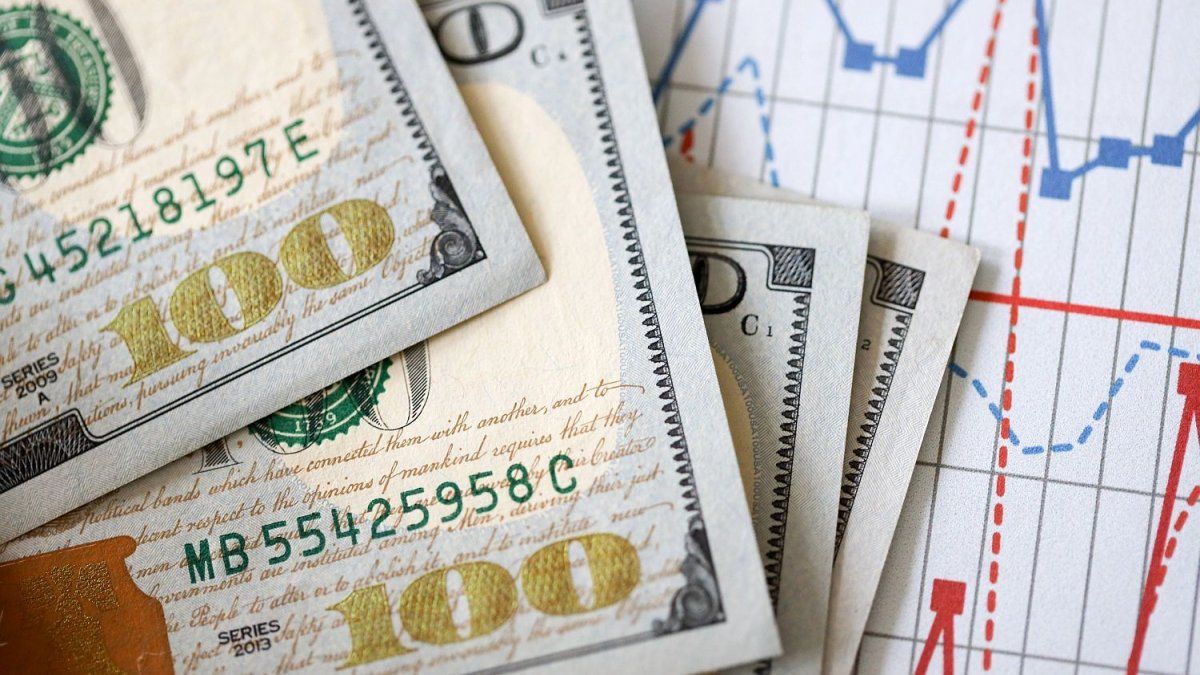This year, 18 of the 31 NATO countries are spending at least two percent of their gross domestic product on defense. According to diplomats, Germany has met this goal for the first time in years.
According to Secretary General Jens Stoltenberg, 18 of NATO’s 31 member states will reach the two percent target for military spending this year. That is a “record number”. The European partners’ spending would add up to a total of $380 billion, Stoltenberg said before the NATO defense ministers began deliberations. Overall, the partners’ spending would be $600 billion, which corresponds to an increase of eleven percent.
Stoltenberg warned the 13 other NATO countries to quickly fulfill their obligations. He recalled the summit decision from last year, according to which all member states of the alliance want to increase their defense spending. “This two percent is a minimum,” emphasized the Norwegian.
Germany is meeting the two percent target for the first time in years
Germany is also one of the 18 countries: According to the Defense Ministry, Berlin has submitted this year’s budget planning to the defense alliance, according to which the federal government will meet the two percent target for the first time since the early 1990s. A spokesman for the ministry in Berlin confirmed this to the Reuters news agency on Wednesday. He did not want to give a specific number because this information is classified as secret. Government spokesman Steffen Hebestreit emphasized that after 2028 and the expiry of the 100 billion euro special loans for the Bundeswehr, this should also be fulfilled from the normal federal budget. For the 2024 defense budget, 19.8 billion euros are earmarked from the Bundeswehr’s special funds and around 52 billion euros in the Defense Ministry’s individual plan 14.
According to research by the German Press Agency, the federal government submitted an amount for the current year that, when converted into comparative figures from the defense alliance, corresponds to a sum of 73.41 billion dollars. In absolute terms, this is a record value for Germany and, according to the current NATO forecast, would mean a GDP ratio of 2.01 percent. According to the Ministry of Defense, the money will be used to finance, among other things, new infantry fighting vehicles, frigates, submarines and state-of-the-art F-35A multi-role combat aircraft.
In the past, according to documents from the NATO archives, Germany last spent two percent of its gross domestic product (GDP) in 1992. During the Cold War years the rate was usually over three percent. NATO plans to present a new public overview with data on member states’ defense spending in March.
More NATO spending because of Russia’s war in Ukraine
According to NATO’s current decision, the 31 member states should invest two percent of their economic output in defense. However, very few countries have achieved this so far. The development of NATO countries’ defense spending will be discussed this Thursday at a meeting of defense ministers at the alliance headquarters in Brussels.
The new figures correspond to an increase in defense spending of more than 20 percent compared to the previous year, according to NATO circles. The last public report on defense spending by the alliance states only gave a comparative figure of $56.64 billion for Germany for 2023 (based on prices and exchange rates from 2015) and a GDP ratio of 1.57 percent. According to DPA information, these numbers will be revised upwards in the next report.
military alliance
From the Cold War to the Russian invasion of Ukraine: the history of NATO in pictures
With the drastic increase in defense spending, the federal government is reacting in particular to Russia’s invasion of Ukraine. By significantly strengthening deterrence and defense, the aim is to make it clear to Kremlin chief Vladimir Putin that an attack on a European NATO country would have no chance of success.
Donald Trump is likely to push defense spending
The numbers could also be helpful with a view to a possible re-election of Donald Trump in the US presidential election in November. The Republican made it clear during a campaign appearance at the weekend that he would not provide American support to allies with low defense spending in the event of a Russian attack. During his term in office from 2017 to 2021, Trump had repeatedly complained about what he considered to be too low defense spending by European allies and at times even threatened that the USA would leave the alliance.
The massive increase in German defense spending is currently made possible by a special fund worth 100 billion euros. However, this is expected to be used up in 2027. Defense Minister Boris Pistorius (SPD) is therefore urging that a plan be quickly developed as to how Germany can achieve the NATO targets in the long term. “We have the Chancellor’s promise that we will invest at least two percent of gross domestic product in defense by the 2030s,” Pistorius recently told “Spiegel”. The foreseeable expiry of the special fund must be reflected in the financial planning.
Source: Stern
I have been working in the news industry for over 6 years, first as a reporter and now as an editor. I have covered politics extensively, and my work has appeared in major newspapers and online news outlets around the world. In addition to my writing, I also contribute regularly to 24 Hours World.




